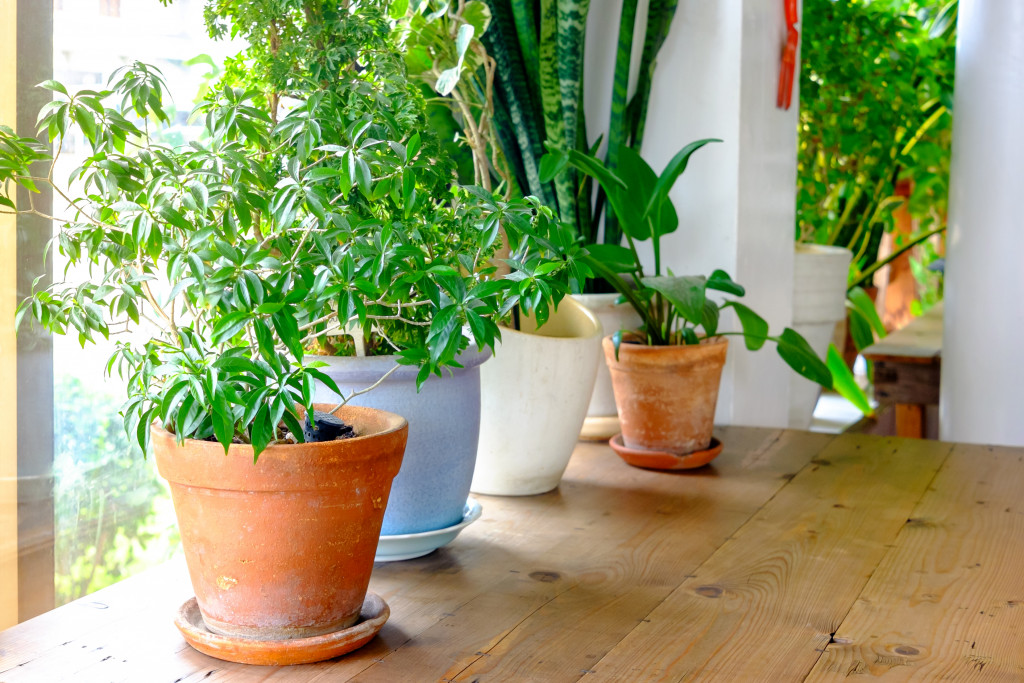It’s no secret that we want to live in homes that contribute to good health and wellness. After all, what could be more important than taking care of ourselves? But many of us don’t realize that our way of living doesn’t support our health goals.
According to the EPA, the typical American spends 90% of their time indoors, with two-thirds at home. While we’re indoors, the concentrations of some pollutants are often 2-5 times higher than outdoor levels. This means that life inside can affect how you feel physically, even if it doesn’t seem like there’s anything wrong with your environment or lifestyle outside.
The health and well-being of individuals who live in a home are as important as the structure’s aesthetics. Simple changes to housing design can have a genuine impact on mental health and well-being across society as a whole. Here are five ways to turn your home around and make it work for your health and wellness goals:
Install a water filtration system
Not all of us are lucky enough to have access to clean water right from the tap. In fact, according to a 2009 report by the Environmental Working Group, nearly 200 million Americans are drinking water that contains potentially harmful contaminants like lead, arsenic, and bacteria.
One of the best ways to ensure that you and your family get clean water is to install a filtration system. Various types of water filtration systems are available on the market, so it’s essential to do your research to find one that’s right for you and your family. Here are a few:
- Carbon filters: remove chlorine, bad tastes and odors, and some VOCs
- Reverse osmosis systems: remove arsenic, lead, copper, nitrates, and other chemicals as well as some viruses and bacteria
- UV light disinfection: kills 99.99 percent of all bacteria, viruses, and protozoa2.
Build a rooflight
When it comes to our homes, we often think about the things we can see and touch. But what about the things that we can’t see? For example, the air we breathe can significantly impact our health. We need a proper ventilation system to ensure that our homes’ air is fresh and clean.
One way to improve ventilation is to choose the right rooflights for your house. Rooflights are windows installed on the roof, letting natural light and fresh air into your home. They can help reduce the levels of indoor pollutants, making your home healthier.
According to the Environmental Protection Agency, all windows and roof lights certified by ENERGY STAR® as meeting strict energy efficiency guidelines can help reduce your heating and cooling bills by an average of 12 percent.
In addition to energy savings, ENERGY STAR® certified rooflights also help to reduce the number of harmful UV rays that enter your home. This can help protect your furniture and flooring from fading and reduce the risk of skin cancer.

Bring nature inside
Connecting with nature is one of the most effective strategies to enhance your health. Studies have found nature excursions help reduce stress, boost mental well-being, and even boost immunity.
But you don’t always have to go outside to reap the benefits of nature. You can also bring nature inside your home with plants or simply build an indoor garden. Indoor plants not only look great, but they can also help to purify the air and improve indoor air quality.
Some of the best plants for improving indoor air quality include:
- Aloe vera: helps to remove formaldehyde from the air.
- Bamboo palm: helps to remove benzene and carbon tetrachloride from the air.
- Boston fern: helps to remove formaldehyde and xylene from the air.
- Golden pothos: helps to remove carbon monoxide and benzene from the air
Build an entryway seating area
This is a great place to remove your shoes before you enter the house, which can help to reduce the amount of dirt and contaminants that are tracked into your home. These specks of dirt may contain harmful chemicals, bacteria, and other pollutants that can negatively impact your health. You must also have lots of shoe storage to keep them out of the way.
An entryway seating area is also a great place to take a few deep breaths and relax before you enter the house. This can aid in the reduction of stress and boost your general sense of well-being. If you don’t have the space for a dedicated seating area, you can also place a mat or rug at your entryway to help trap dirt and contaminants.
Choose non-toxic building materials
Regarding our health, the materials we choose for our homes can make a big difference. Unfortunately, many building materials commonly used in construction and home renovation can release harmful chemicals into the air.
These chemicals can harm our health, causing respiratory problems, skin irritation, and cancer. Some of the most common offenders include:
- Asbestos: often used in insulation and fireproofing
- Formaldehyde: found in adhesives, glues, and composite wood products
- Lead: used in paint, pipes, and solder
- Mercury: used in fluorescent light bulbs
When planning a home renovation or construction project, choosing non-toxic building materials is essential. There are a variety of different green building materials available that can help to create a healthy home environment.
Some of the most popular green building materials include:
- Bamboo: a sustainable material that’s often used in flooring and furniture.
- Cork: another sustainable material that’s often used in flooring, insulation, and adhesives.
- Linoleum: a durable and eco-friendly material often used in flooring and countertops.
- Recycled glass: can be used in various applications, including countertops, backsplashes, and tiles.
To sum up
Our well-being is influenced by our home. A house’s design affects how we feel and function every day, especially when life’s challenges become difficult or stressful. Prioritizing your health means building your home into a more health-promoting environment. And soon, you will reap the benefits in how you feel daily.

